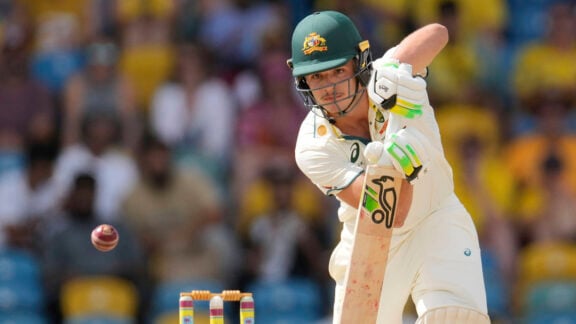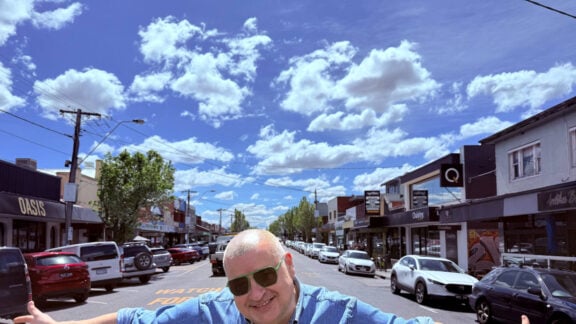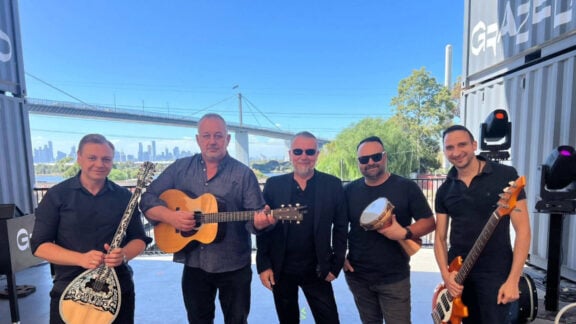Relics of Christian Orthodoxy will be on display for all to see in Tasmania from September, when Mona – the Museum of Old and New Art presents ‘Heavenly Beings: Icons of the Christian Orthodox World’.
The exhibition is the first of its kind at Mona and the largest ever in Australia of jewel-like icons and related treasures – dating from around 1350 to 1900.
More than 140 devotional objects depicting saints, virgins and other Christian holy subjects will together reveal centuries of spiritual and aesthetic tradition.
Almost all of the relics exhibited date from after the first Christian empire, the Byzantine empire founded by Constantine the Great, fell to the Ottoman Turks in 1453.

Icon paintings, largely from Russia, Crete and mainland Greece present continuality and vitality and a number of Ethiopian, Egyptian, Syrian, Balkan and Palestinian icons are displayed, a reminder of the far reaches of Orthodox Christianity.
Most of the collection has never been displayed in Australia, mostly coming from Australian diplomat John McCarthy AO, as well as additions from private collectors and public institutions.
Alongside the paintings, on display will be silver crosses, portable altars, holy books, and an 18th-century pilgrim’s ‘memento map’, depicting one man’s journey to the Holy Sepulchre inside the City of Jerusalem.

The museum looks to bring the exhibition to their museum in their interest to find what drives behaviour and the ultimate biological motivation for things we do as humans. Religions being a major force behind said behaviour and motivation.
Mona curator Jane Clark says both religious and non-believers can find interest in the exhibition of objects that stand the test of time.
“Visitors certainly need not be religious believers to enjoy the sheer beauty and emotional power of these artworks. While painting an icon may begin from an act of piety, the resulting object also lives as a work of art far beyond its original purpose,” she said.
“We can look at the icon as a ‘window into heaven’, as believers believe; but also, as a looking glass, through which we may glimpse the deeper purposes—deeper than awe and transcendence, than culture or a higher power—that are served by human creativity.”
Mona is located on the banks of the River Derwent in Berrierdale, Tasmania, 11km north of Hobart. The exhibition will run from September 30 to April 1.








